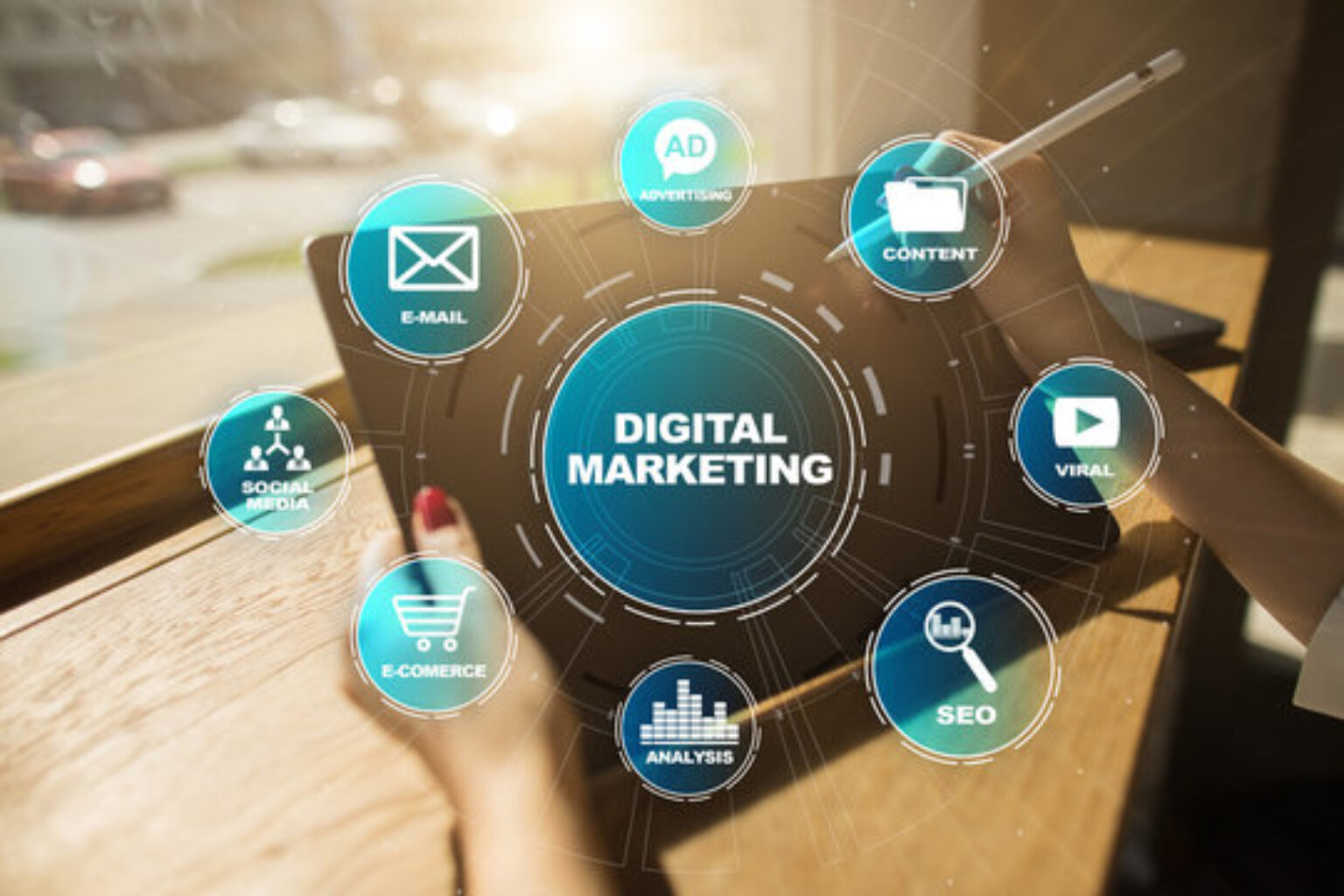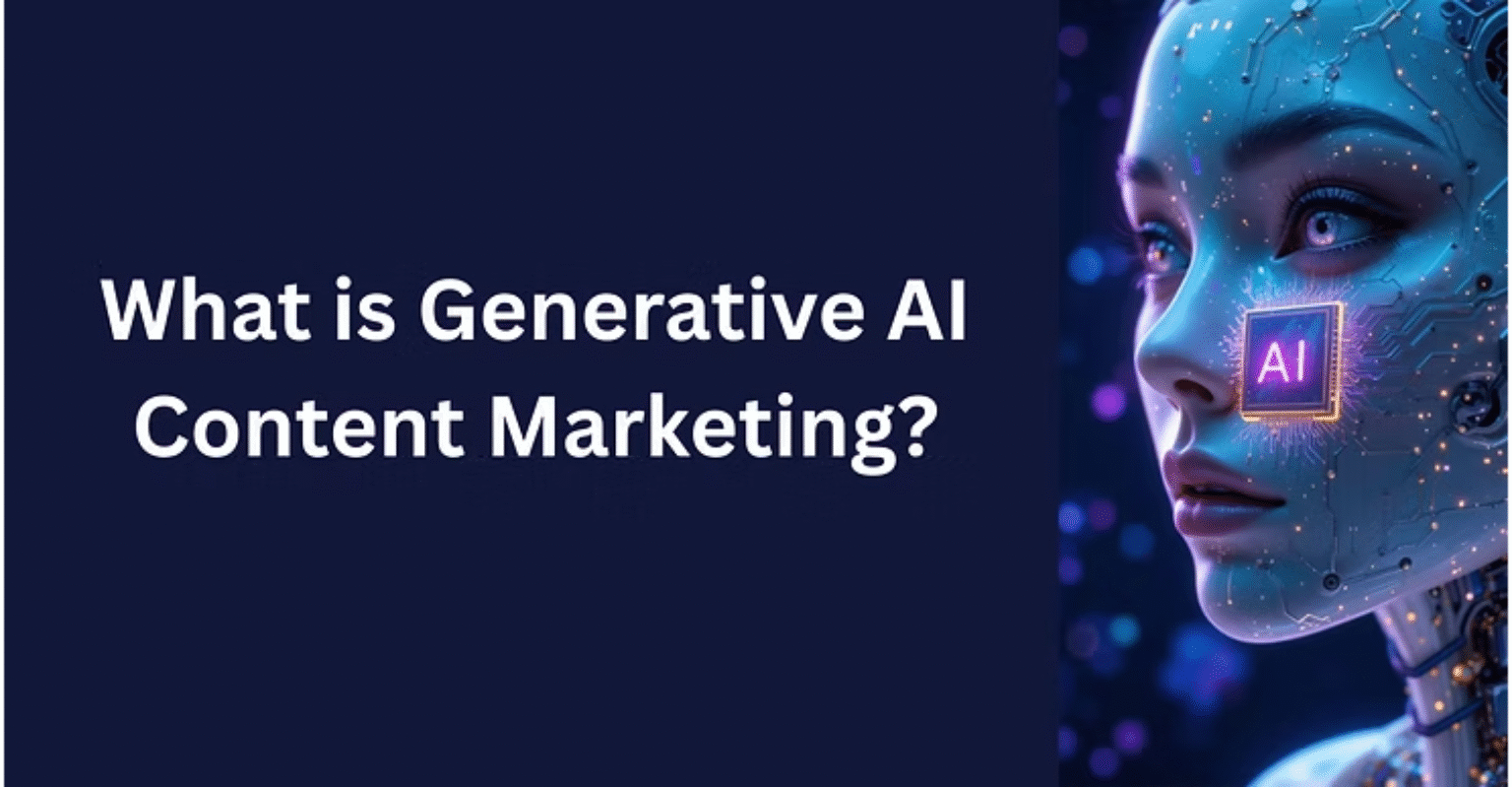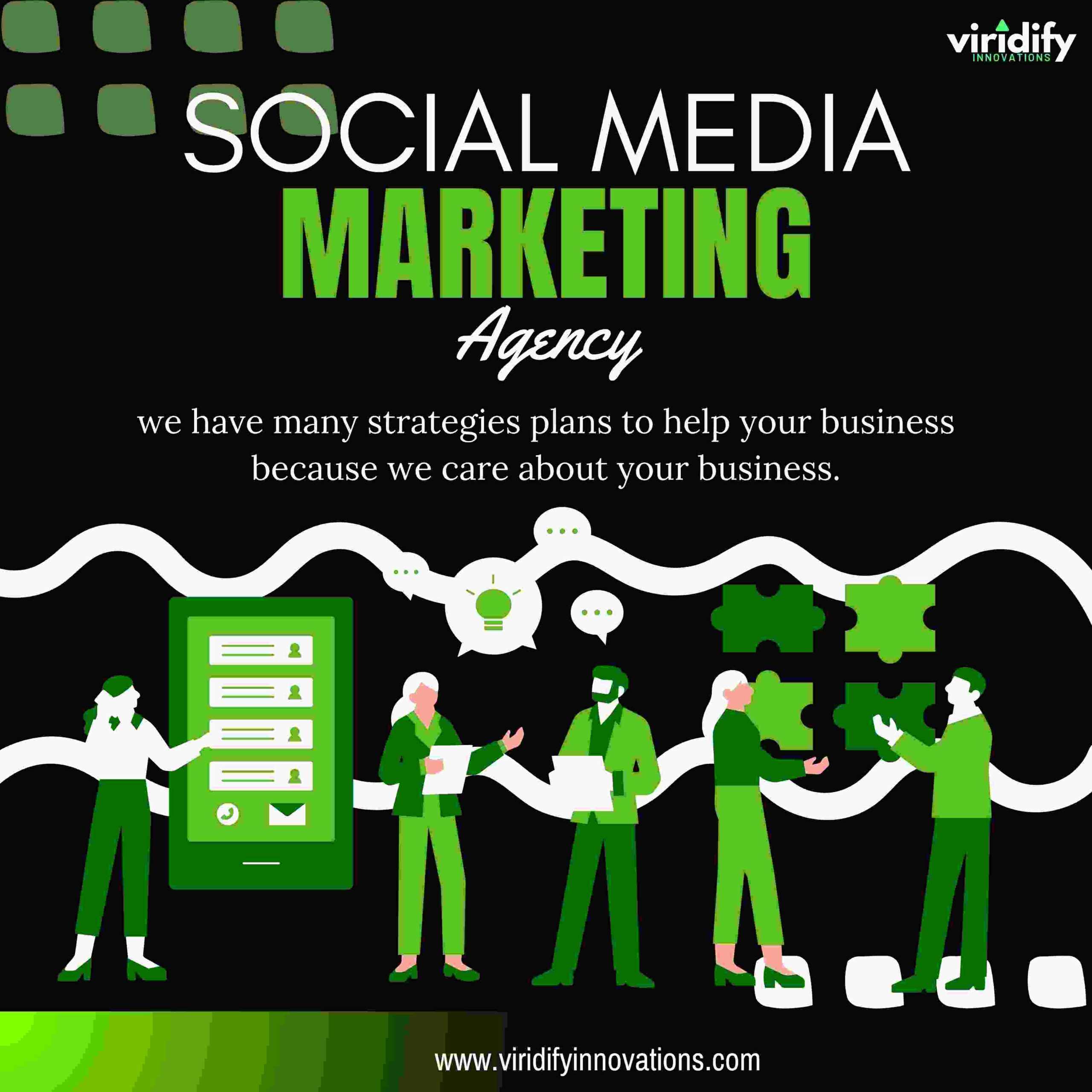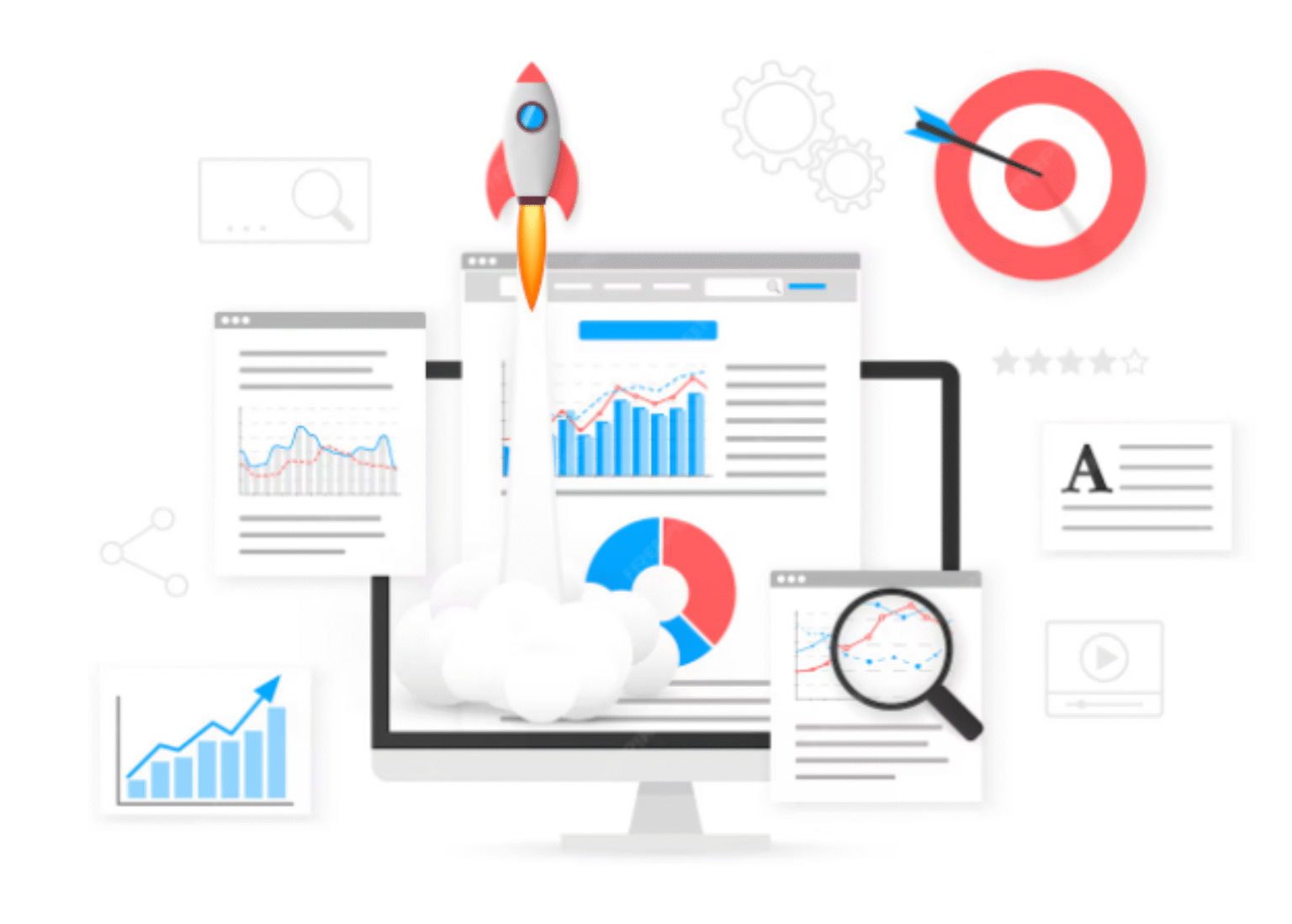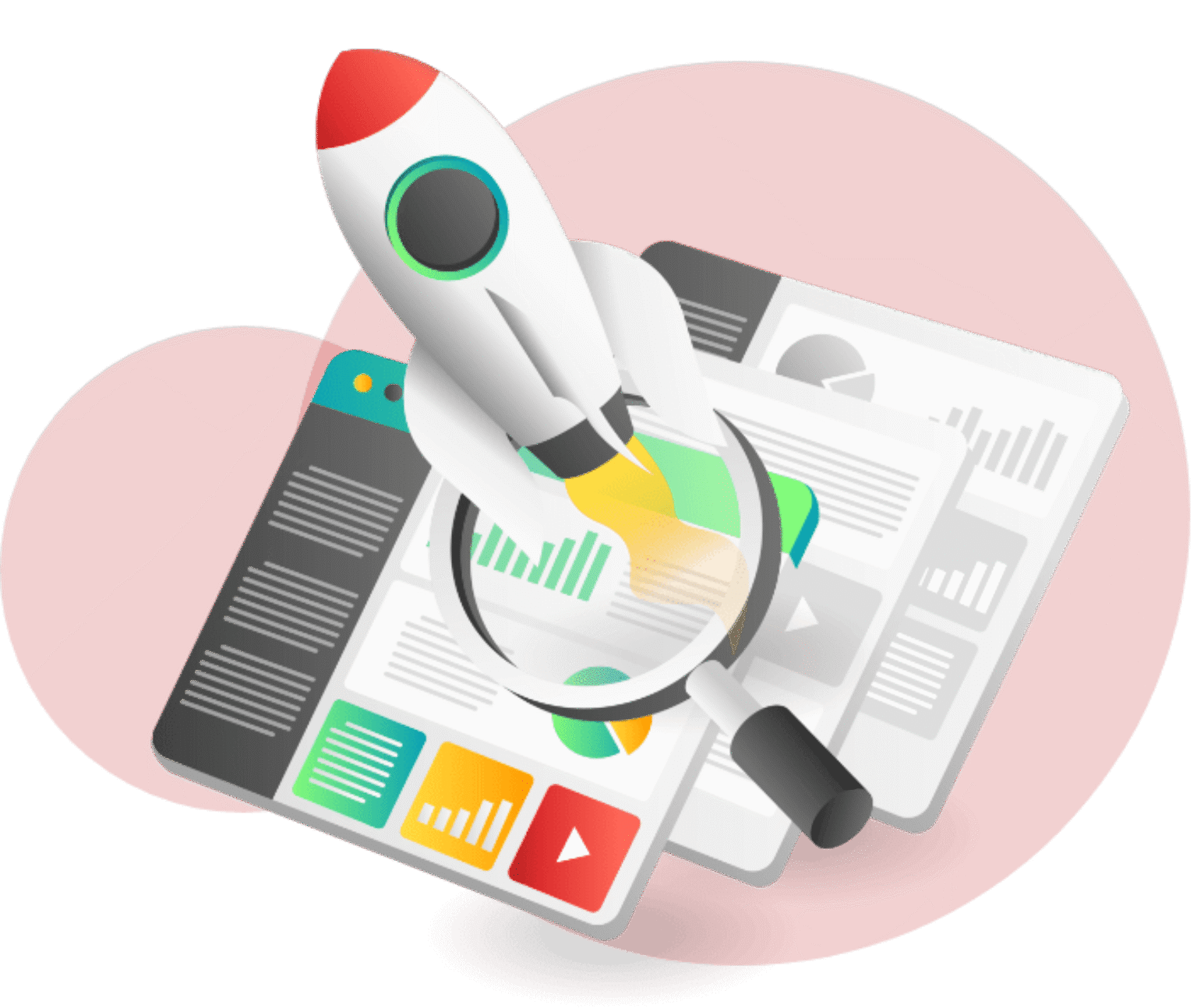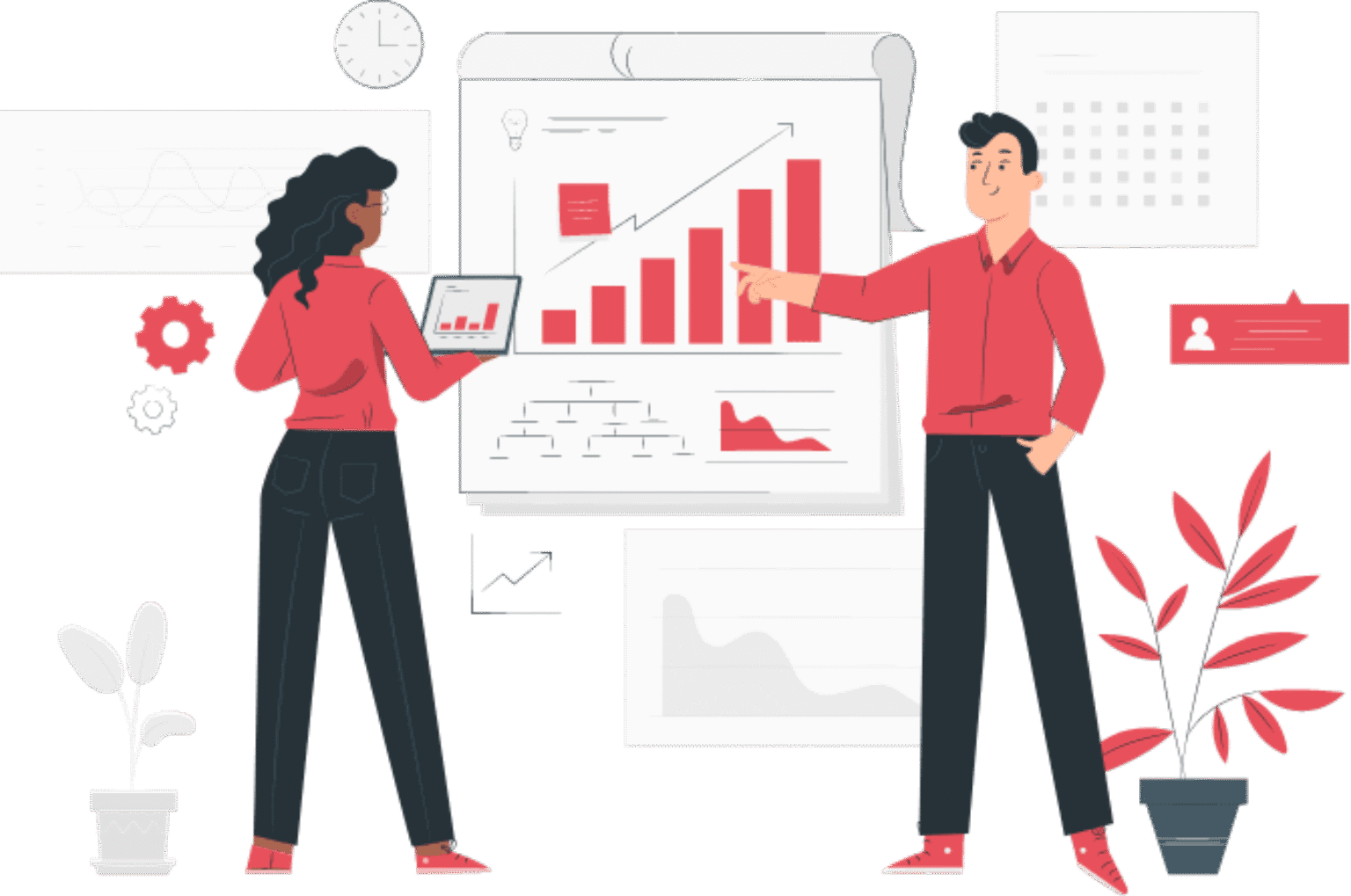5 Next-Level Email Marketing Strategies to Boost Subscriber Engagement

Audience engagement is the competitive arena in email marketing. As subscribers face inbox overload, only relevant, timely messages win attention. These five emerging tactics use data, automation, and trust-building to boost click rates, reduce unsubscribes, and turn passive readers into active customers.
1. AI-Driven Predictive Segmentation
1.1 What It Is?
Predictive segmentation groups subscribers based on expected actions rather than fixed attributes. It moves beyond basic demographics to behavior patterns and purchase likelihood.
1.2 Key Components
It relies on data inputs like open rates, clicks, purchase history, and web behavior. Clustering algorithms and propensity scores rank subscribers by engagement potential.
1.3 Implementation Steps
First, audit your existing data for gaps. Choose a platform with built-in predictive models. Pilot a high-value segment—such as cart abandoners—and measure results against control groups.
1.4 Best Practices & Metrics
Focus on segments with clear revenue impact. Track metrics like click-through rate (CTR) lift and revenue per email, then scale up proven segments. Discover how top brands adapt to new email marketing trends—click to learn more.
2. Real-Time Dynamic Content Blocks
2.1 Concept Overview
Dynamic blocks fetch content at open time, not send time. This ensures live inventory counts, flashing countdown timers, and up-to-date news or weather.
2.2 Technical Setup
Host snippets on a fast content server or CDN. Insert HTML image tags or CSS backgrounds that reference real-time URLs. Always set static fallbacks for clients without support.
2.3 Use Cases & Benefits
Customers see accurate stock levels and up-to-date promotions. Flash sale timers drive urgency, and local weather snippets boost relevance for regional offers.
3. Rich Interactivity with AMP-Enabled Emails
3.1 Why AMP Matters?
AMP transforms emails into interactive experiences. Subscribers can submit forms, swipe carousels, or RSVP without leaving their inbox.
3.2 Core Components
Key features include amp-form for feedback surveys, amp-carousel for product galleries, and amp-list for live content feeds.
3.3 Rollout Checklist
Verify client support (Gmail, Yahoo). Validate AMP HTML and provide static HTML fallbacks. Monitor interactive actions alongside standard metrics.
3.4 Engagement Impact
In-email interactions shorten user journeys and boost form completion rates and product exploration.
4. Micro-Influencer Co-Creative Campaigns
4.1 Defining the Approach
Collaborate with niche influencers to co-author email content. Leverage their voice and user-generated snippets to add authenticity.
4.2 Workflow & Tools
Use social listening to identify creators with 1K–10K followers. Set a shared calendar, co-develop copy and images, and embed custom affiliate links.
4.3 Measuring Success
Compare engagement against brand-only sends. Track new sign-ups and forwards to gauge advocacy.
5. Privacy-First Engagement Hooks
5.1 Building Trust as a Conversion Driver
Link to a live “data use” dashboard in every footer. Offer transparency on how subscriber data is handled.
5.2 Engagement Elements
Embed preference centers with one-click frequency toggles and topic-level opt-ins through dynamic content or AMP.
5.3 Outcomes & Metrics
Expect higher open rates from self-chosen content, lower unsubscribes, and improved deliverability as inbox providers reward engaged audiences.
You may also read: Powering Business Growth with Social Media Marketing
Conclusion & Next Steps
Start with one tactic in a four-week pilot. Define clear KPIs—CTR, conversion, list growth—and iterate by combining tactics for compounding gains.
Author Resource:-
Lee Wood writes about email marketing tools & software for efficient outreach and sustainable business growth. You can find his thoughts at email platforms blog.


